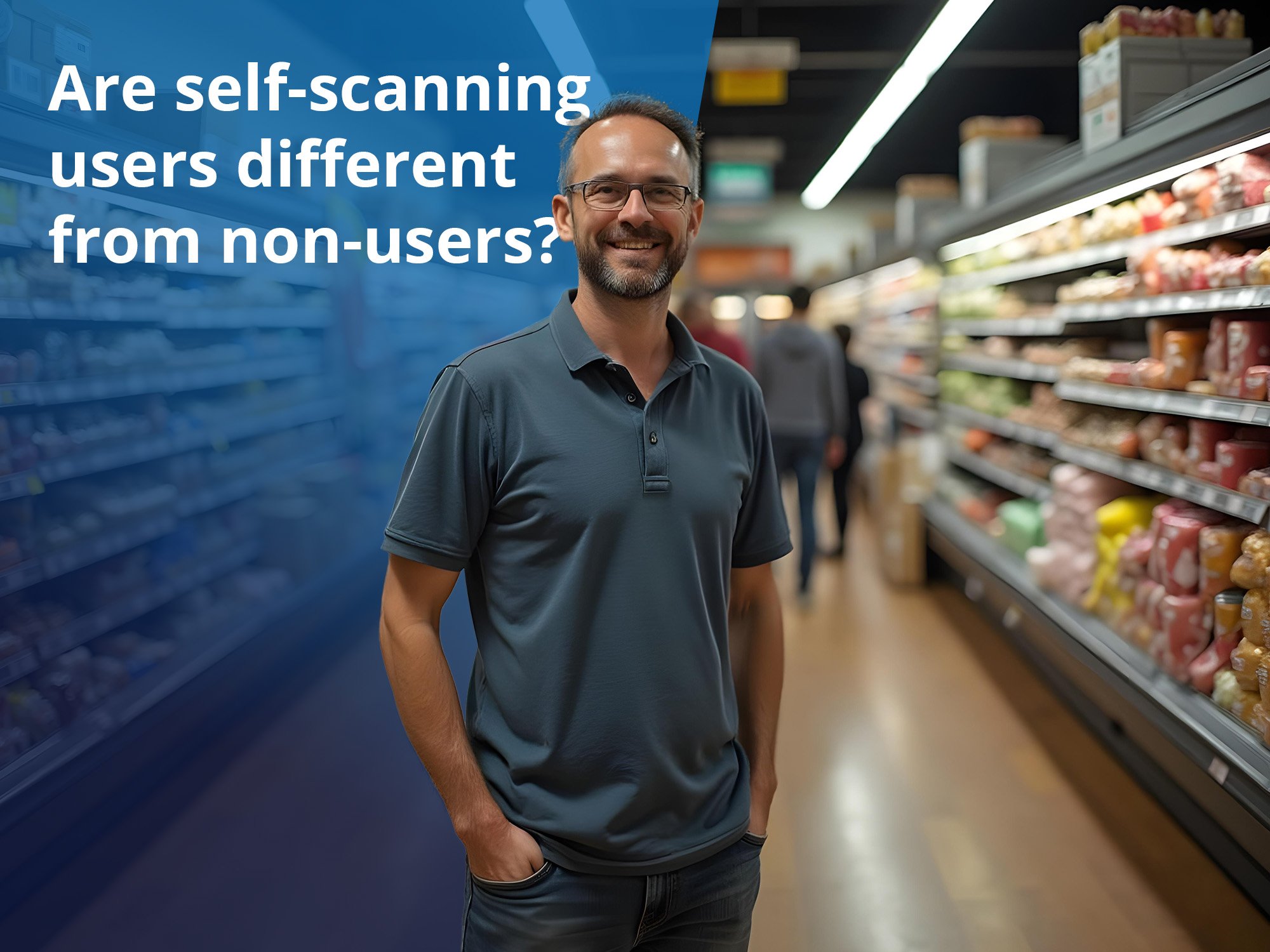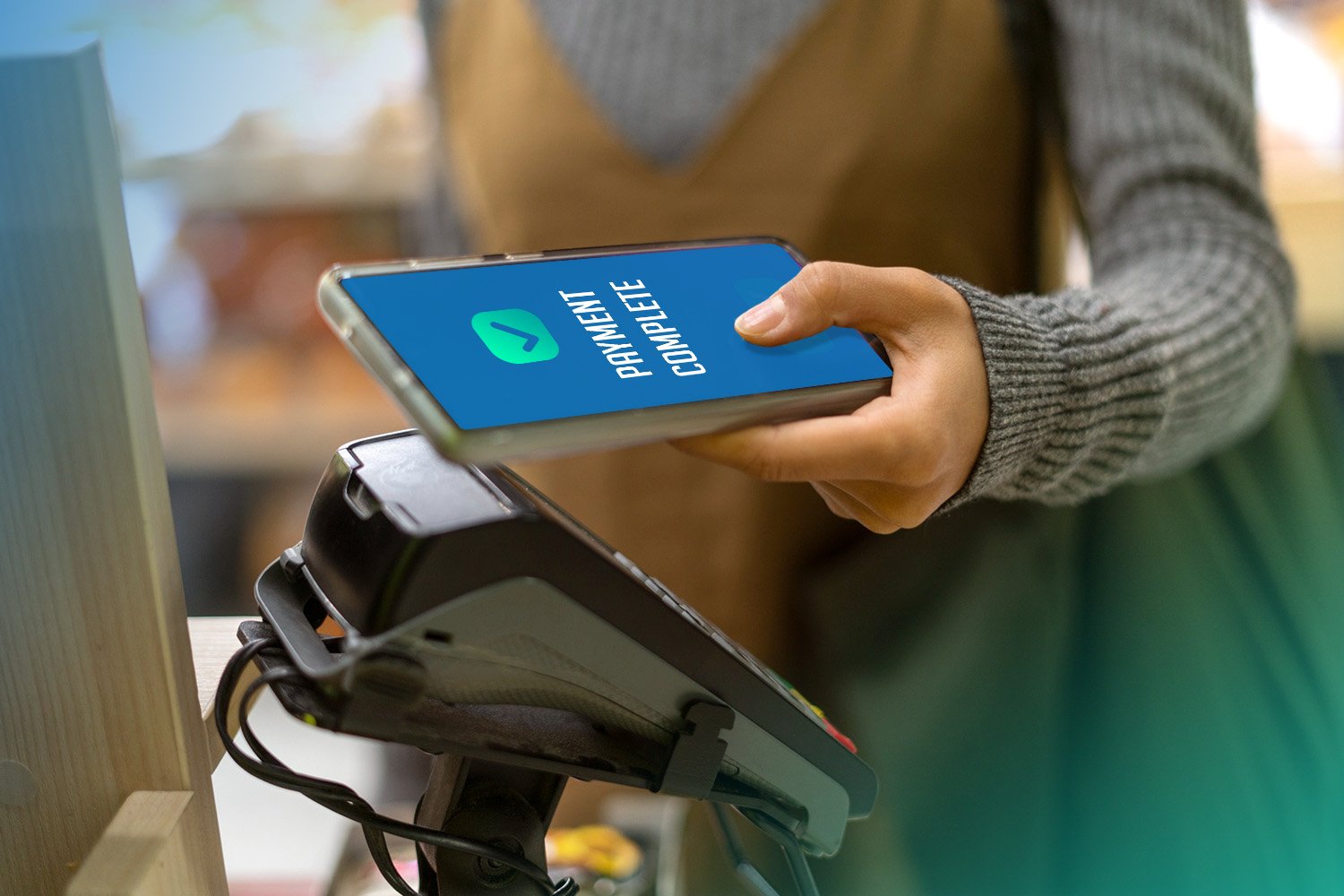The benefits of self-scanning for the retailer
Self-scanning provides benefits both for the retailer and the shoppers, but in different ways. For the shoppers, the benefits are mainly connected to an enhanced customer experience, with a more convenient shopping trip. For the retailer, the benefits are closer related to increased revenue, higher customer loyalty and less need of manual checkouts. Learn more about the benefits of self-scanning for retailers here!
There are plenty of benefits with self-scanning - both for customers and retailers.
What are the benefits of self-scanning for retailers?
Retailers has a lot to gain from implementing a self-scanning solution in their stores. Some of the benefits are quite easy to see, whereas other benefits are a bit more subtle. Also, sometimes both retailers and customers share the same benefits but for different reasons.
Here are some of the benefits self-scanning for retailers listed:
Increased customer loyalty
Using a self-scanning system has the potential to make your customers more loyal. There are several reasons for this:
Most retailers choose to limit their self-scanning service to people with loyalty cards or store memberships. By adding discounts and offers directly into the self-scanning interface, customers are more likely to enjoy the benefits of the store membership, and to stay loyal.
The self-scanning technology itself has many benefits also for shoppers. When the retailer has implemented this type of retail technology – and learned how to utilize in the best way – the store has the potential to stand out against the competition. Customers who knows that there is a easy and convenient way to do the self-scanning, will choose the store that offers that solution.
Increased revenue
Research shows that the introduction of a self-scanning system increases revenue by an average of 7%. This creates a high incentive for retailers to invest in a self-scanning solution, as it has shown to be a cost-effective alternative in the long run.
Moreover, the initial investment does not have to be huge – by making a conscious and well-planned decision, retailers have the opportunity to customize their self-scanning set-up according to their needs.
Reduced costs
A self-scanning system reduces the need for manual checkouts, which can be a way of reducing the over-all costs. While one or a few manual checkouts might still be needed, the self-scanning set-up is a great way to direct customers towards self-service, reducing the need for excessive amounts of cashiers and the costs related to these. Moreover, for stores with limited space, the opportunity to minimize the checkout area in order to make room for more products is often highly appreciated.
However, it is not necessary to deplete the work force – the staff can direct their attention towards other needs in the store. Moreover, some staff members are encouraged to stay in the self-scanning check-out area for doing controls and to help customers with enquiries.
Speaking of hardware costs, there is naturally an initial investment to be made when implementing self-scanning. However, the average ROI on such an implementation is usually quite high. You can read more about that further below.
A higher level of customer satisfaction
Who doesn’t like feeling like a VIP? Studies show that 60% of customers feel that they are getting a VIP treatment when using a self-scanning solution, which naturally has a positive impact on the customer satisfaction.
By offering the possibility to self-scan, retailers can appeal to customers who might not have shopped there otherwise – people in a hurry, with few items, or who are unable to lift heavy items onto a conveyor belt. In other words, self-scanning has the potential to provide frictionless shopping even to the most selective of customers.
The increased level of customer satisfaction also influences customer loyalty, store preference and shopping behaviour.
Quick return on investment (ROI)
While the initial investment might discourage retailers from implementing self-scanning, it does have a relatively quick return on investment. The average ROI of self-scanning is about 12 months.
Especially beneficial is it for retailers who use retailer-owned devices (ROD) for self-scanning. The reason for this is that the usage level for ROD tend to be higher than for BYOD solutions. This means, the store does need as many staffed checkouts in the store.
Improved customer experience
As previously mentioned, increased customer loyalty and a higher level of customer satisfaction are some potential outcomes when implementing self-scanning in the store. But what influences these factors, more specifically how does this align with an increased customer experience?
A couple of well-known factors are the reduced shopping time, and the fact that the customers does not have to stand in line for the checkout. Even if there are random checks by the payment tower in the checkout area, it will still be less time-consuming than standing in line, unpacking the items onto the conveyor belt, paying for the products and then re-packing again.
With a smart self-scanning solution, the shopping experience is also enhanced in other areas.
Faster customer flow
Self-scanning solutions allow quicker customer flow through the store at peak times and thereby increases the sales capacity. This means the store has the potential to attract more customers, without having to increase the lengths of queues or to experience staff shortage during peak hours.
The faster customer flow through self-scanning is connected to the avoided queues and other time-consuming moments for the shoppers – so it is a win-win situation!
Reduced shrinkage
A fear when implementing self-scanning is that the level of shrinkage will increase – that some customers might deliberately miss to scan some of the items during the shopping trip.
Shrinkage in connection with self-scanning and self-checkout solutions has been discussed extensively, and while there are some opportunities for dishonest store visitors to avoid paying for items, there are also many tools to prevent this from happening.
By using these tools – such as smart self-scanning technology with built-in protection against fraud – retailers can gain control, and reduce, their overall shrinkage.
Better data – and interaction – with shoppers
When using self-scanning, the retailers get real-time data about the shopper’s behaviour, how they navigate the store and what they purchase. This differs to some extent from self-checkout and staffed checkouts, as all goods are then scanned at the same time.
By retrieving and analysing this data, retailers have the possibility to improve the store layout, to get a better idea of the shoppers’ store journey, and to provide customized offerings depending on purchasing behaviour.




